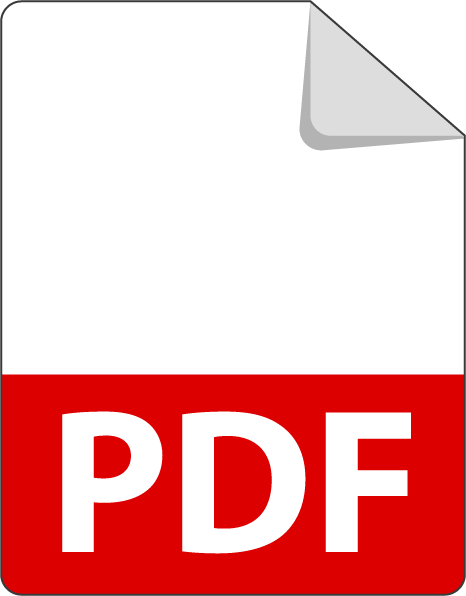Connecting Upper Extremity Biomechanics to Functional Activities
This lesson plan is designed to apply a biomechanical approach to analysis of upper extremity movement, development of interventions in therapeutic exercise and functional activities, and clinical reasoning of client change over time.
This activity supports the requirements for:
The Accreditation Council for Occupational Therapy (ACOTE) standards (2018):
OT: B.2.1, B.3.6, B.4.3, B.4.22
OTA: B.2.1, B.3.6, B.4.3, B.4.22
The Commission on Education for Physical Therapy Education (CAPTE) standards:
PT: 7A, 7D19k, 7D20
PTA: 7D19, 7D23h
Rotator Cuff Repair, 2 weeks post: Patient Interview, Part 3


Related Assignments
Student Versions
Faculty Versions

Related ICE Videos
Rotator Cuff Repair, 2 weeks post: Patient Interview, Part 1
Rotator Cuff Repair, 2 weeks post: Patient Interview, Part 2
Rotator Cuff Repair, 2 weeks post: Patient Interview, Part 3
Rotator Cuff Repair, 2 weeks post: Home Exercise Program, Seated and Supine
Rotator Cuff Repair, 2 weeks post: Home Exercise Program, Standing
Rotator Cuff Repair, Part 1: Initial Assessment
Rotator Cuff Repair, Part 2: Measuring Range of Motion
Rotator Cuff Repair, Part 3: Increasing ROM in shoulder flexion
Rotator Cuff Repair, Part 4: Increasing ROM in shoulder abduction



